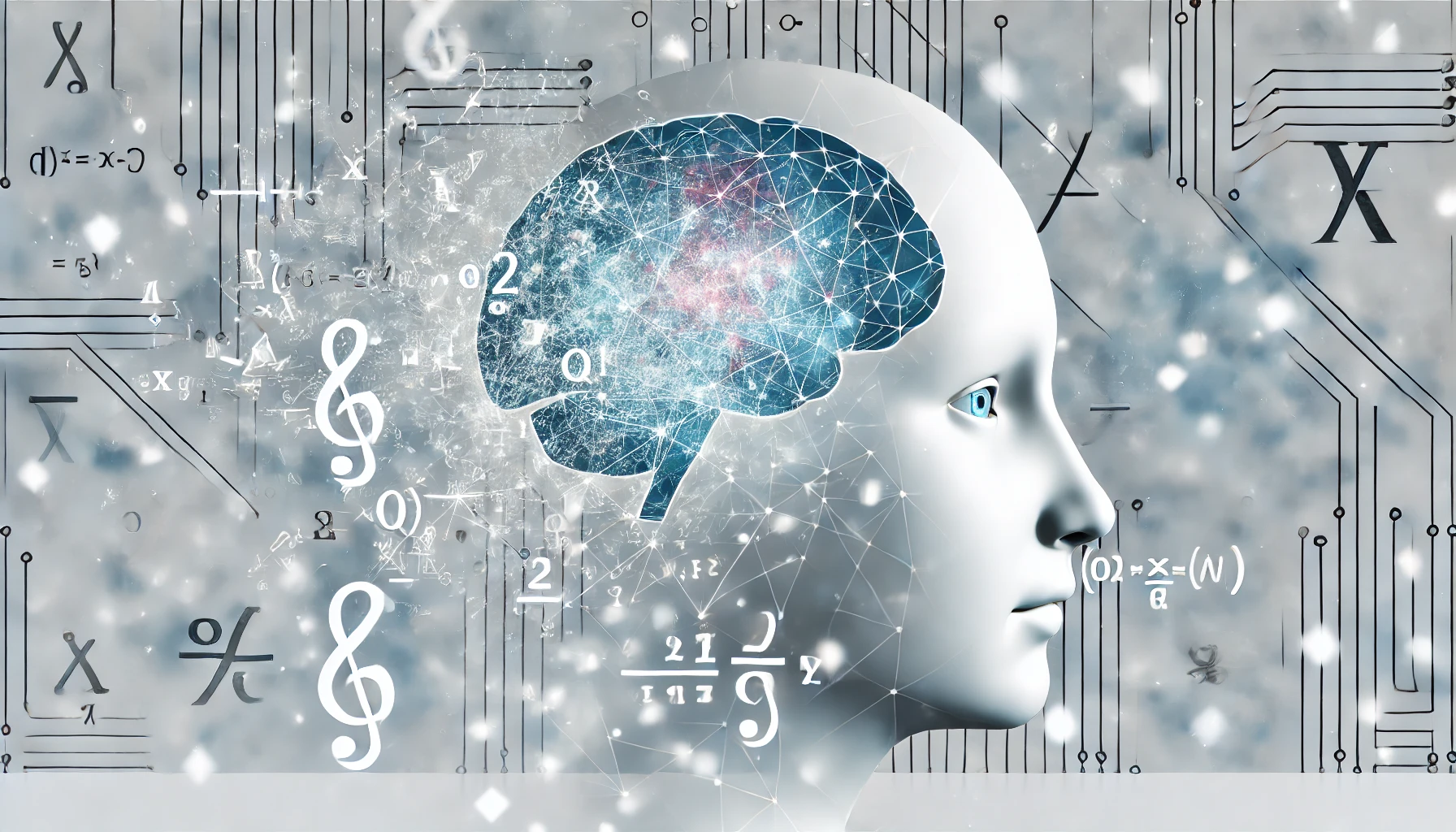AI models struggle with reasoning in math, revealing their true limitations.
Artificial Intelligence (AI) has come a long way. From handling simple tasks like sorting emails to more complex things like writing essays or solving math problems, these models are undeniably impressive. But, here’s the kicker: recent research suggests they may not be as “smart” as we think. Sure, they can mimic reasoning — but can they truly reason? If you’ve ever wondered just how much these AI models understand and how much they’re just repeating patterns, this might surprise you. Let’s dive into what researchers are discovering about AI’s limitations and why it matters more than ever.
What is AI and how does it work?
Artificial intelligence (AI) refers to the ability of machines to perform tasks that typically require human intelligence. These tasks can range from recognizing speech to playing chess, or even understanding and generating text. AI operates by processing vast amounts of data and learning from it. The more data an AI model receives, the better it becomes at recognizing patterns and making predictions. Large language models (LLMs), such as GPT-4, are a type of AI designed to understand and generate human-like text.
How do AI models learn?
AI models learn through a process called training, where they are exposed to massive datasets. During training, the model adjusts its internal parameters to minimize errors in its predictions. For language models, this means predicting the next word or sentence in a given context. Over time, the model learns the relationships between words, phrases, and even complex concepts by recognizing patterns in the data. However, this process doesn’t necessarily mean the model truly understands the information; it often relies on statistical correlations rather than deep comprehension.
What are LLMs, and how do they handle reasoning tasks?
LLMs (Large Language Models) are AI systems trained to generate and understand text based on patterns seen during training. They perform impressively in natural language processing tasks, such as answering questions or generating stories, but their reasoning capabilities are limited. Recent research has shown that LLMs often fail when it comes to genuine logical reasoning, especially in mathematics. They tend to mimic reasoning steps seen during training rather than generating new reasoning paths.
For instance, LLMs are tested using benchmarks like GSM8K, a dataset designed to evaluate mathematical reasoning. However, studies have revealed that these models struggle when faced with even slight variations in the questions, suggesting that they rely more on memorization and pattern-matching than actual reasoning.
What are the limitations of AI in mathematical reasoning?
AI models have shown limitations in handling complex mathematical reasoning. A study by Mirzadeh et al. introduced a benchmark called GSM-Symbolic to test the robustness of AI models when the context or structure of mathematical problems changes. The study revealed that AI models exhibit significant performance drops when even minor details of a problem, such as numerical values or names, are altered. This suggests that current models rely heavily on pattern recognition rather than understanding the underlying logic of the problem.
In another paper, Srivastava et al. introduced functional benchmarks to test reasoning in more dynamic environments. These functional tests create variations of static mathematical problems by changing inputs while maintaining the core logic. Results show that many state-of-the-art models still perform poorly on these dynamic versions of tasks, reinforcing the notion that LLMs struggle with true logical reasoning.
How does changing a problem affect an AI model’s performance?
One surprising discovery from recent AI research is how small changes to a problem can drastically affect model performance. For example, when researchers change the names or numerical values in a mathematical problem, models that previously performed well often experience significant performance declines. This fragility suggests that AI models are highly sensitive to surface-level details and are not robust in reasoning through underlying logic.
What does the term “reasoning gap” mean in AI research?
The reasoning gap refers to the difference in performance between AI models when solving standard (static) problems versus dynamic problems where certain inputs are changed. A large reasoning gap indicates that the model struggles with variations and is likely relying on memorization rather than true problem-solving skills. Srivastava et al. quantified this gap and found that it ranged from 58% to 80% for state-of-the-art AI models, highlighting the limitations of these systems in tasks requiring genuine reasoning.
Can AI models be improved to reason better?
Research is ongoing to improve the reasoning abilities of AI models. One promising approach is to create dynamic or functional benchmarks that prevent overfitting and contamination from training data. By continually adjusting the parameters of problems, these benchmarks force models to rely on reasoning rather than pattern recognition. However, it remains an open problem in AI research to develop models that can consistently perform well on these dynamic tests and exhibit true logical reasoning.
What implications does this research have for the future of AI?
This research suggests that while AI models have made impressive strides in language generation and problem-solving, they are far from achieving human-like reasoning capabilities. The fragility of these models when faced with slight changes in problem structure raises concerns about their reliability in high-stakes applications. Moving forward, AI researchers will need to focus on developing architectures that can handle not just pattern recognition but also deep logical reasoning.
Works Cited
- Mirzadeh, Iman, et al. “GSM-Symbolic: Understanding the Limitations of Mathematical Reasoning in Large Language Models.” Apple Research, 2024.
- Srivastava, Saurabh, et al. “Functional Benchmarks for Robust Evaluation of Reasoning Performance, and the Reasoning Gap.” Consequent AI, 2024.
- “Apple Drops AI Bombshell: LLMs Cannot Reason.” YouTube, uploaded by Apple, 2024.





